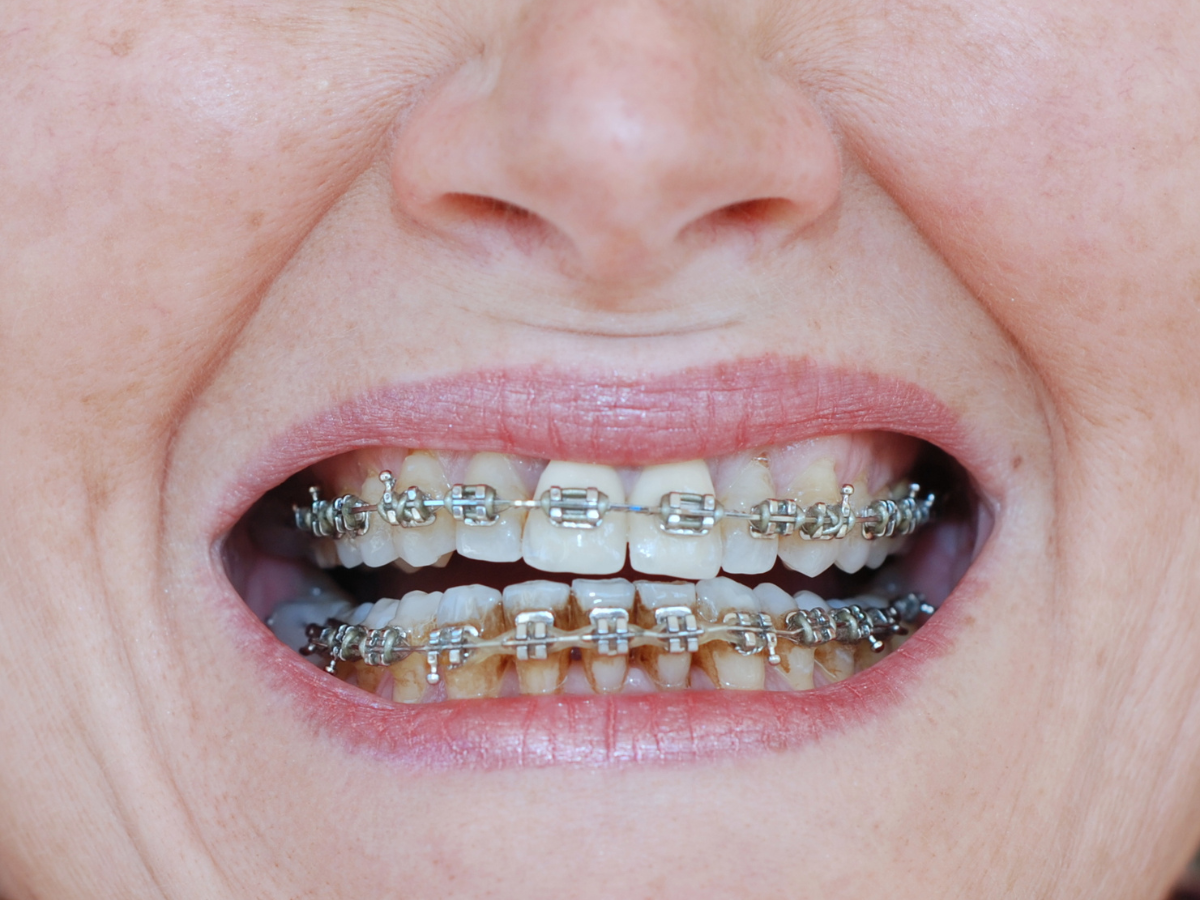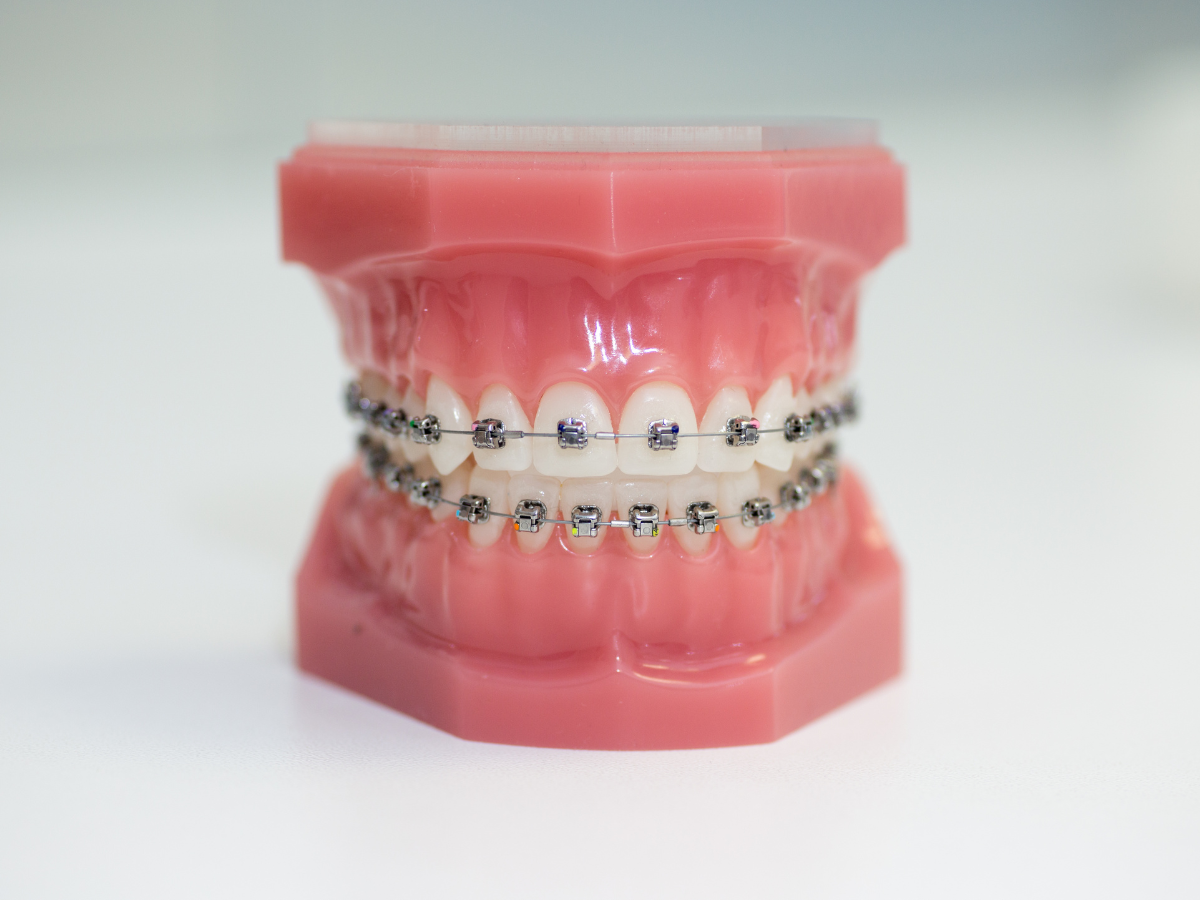Introduction:
Gingivitis is a common dental issue that affects many individuals, but when you add braces into the mix, the potential for complications increases. In this blog post, we will explore the relationship between gingivitis and braces, addressing key questions such as “What is Gingivitis?” and “Can you get braces if you have gum disease?” We’ll also delve into the symptoms of gingivitis and discuss what it looks like when you have braces. Additionally, we’ll explore the crucial question of whether your gums can return to normal after braces and share insights on how to treat gingivitis while undergoing orthodontic treatment.
What Is Gingivitis?
Gingivitis is the inflammation of the gums, typically caused by plaque buildup along the gumline. This condition is a precursor to more severe gum diseases and can lead to complications if not addressed promptly. Gingivitis often manifests as red, swollen gums that may bleed during brushing or flossing.
Symptoms of Gingivitis:
Identifying gingivitis is crucial for maintaining good oral health. Common symptoms include redness, swelling, and bleeding of the gums. Bad breath and a persistent bad taste in the mouth may also accompany gingivitis. When braces are part of the equation, these symptoms can become more challenging to manage due to the presence of orthodontic appliances.
What Does Gingivitis with Braces Look Like?
Braces create additional nooks and crannies where plaque can accumulate, making individuals with orthodontic appliances more susceptible to gingivitis. Gingivitis with braces may present as redness and swelling around the brackets and wires. It’s essential to pay extra attention to oral hygiene during orthodontic treatment to prevent the exacerbation of gingivitis.
Can You Get Braces If You Have Gum Disease?
Orthodontic treatment is possible for individuals with mild gingivitis, but severe gum disease may pose challenges. Before getting braces, it is crucial to address any existing gum issues. Your orthodontist will assess your oral health to determine the most appropriate course of action, which may include treating gingivitis before initiating orthodontic treatment.
How Can You Treat Gingivitis with Braces?
Managing gingivitis with braces requires a diligent oral care routine. Regular brushing, flossing, and the use of an antiseptic mouthwash become even more critical during orthodontic treatment. Your orthodontist may recommend specialized tools to help clean around the brackets and wires effectively.
FAQs About Gingivitis with Braces
- What is gingivitis, and how does it relate to braces?
- Gingivitis is the inflammation of the gums caused by plaque buildup. Braces can exacerbate gingivitis by creating additional spaces for plaque accumulation around brackets and wires.
- What are the symptoms of gingivitis with braces?
- Common symptoms include red and swollen gums, bleeding during brushing or flossing, and potential discomfort around the brackets. Braces may make these symptoms more noticeable.
- Can you get braces if you already have gingivitis?
- In mild cases, orthodontic treatment may proceed, but severe gingivitis must be addressed before getting braces. Your orthodontist will evaluate your oral health to make an informed decision.
- What does gingivitis with braces look like?
- Gingivitis with braces may manifest as increased redness and swelling around the brackets and wires. Proper oral hygiene practices are crucial to managing these symptoms effectively.
- Is it challenging to clean my teeth with braces and prevent gingivitis?
- Cleaning teeth with braces requires extra effort. Using specialized tools, such as interdental brushes and floss threaders, can help navigate around brackets and wires, reducing the risk of gingivitis.
- What should I do if I notice signs of gingivitis while wearing braces?
- Contact your orthodontist immediately. They may recommend adjustments to your oral care routine or additional treatments to address gingivitis and prevent complications.
- Will my gums go back to normal after braces if I had gingivitis during treatment?
- With proper care and attention, gums can recover after braces. Consistent oral hygiene practices, including regular dental check-ups, contribute to the overall success of your orthodontic treatment.
- Can braces cause gingivitis, or is it solely due to poor oral hygiene?
- While poor oral hygiene is a primary factor, braces can create challenges in cleaning, making individuals more susceptible to gingivitis. Maintaining excellent oral care practices is crucial during orthodontic treatment.
- Are there specific products or techniques recommended for preventing gingivitis with braces?
- Your orthodontist may recommend specialized toothbrushes, interdental brushes, and antimicrobial mouthwashes to enhance your oral care routine and minimize the risk of gingivitis.
- How long does it take for gums to recover from gingivitis after removing braces?
- Gum recovery time varies, but with consistent post-brace oral care, including regular dental visits, you can expect gradual improvement in gum health.
Conclusion:
Gingivitis with braces is a challenge, but it’s manageable with the right approach. Understanding the symptoms, addressing gum disease before orthodontic treatment, and maintaining excellent oral hygiene during braces can help ensure a healthy and beautiful smile in the long run. If you suspect gingivitis while wearing braces, consult with your orthodontist promptly to develop an effective treatment plan.



